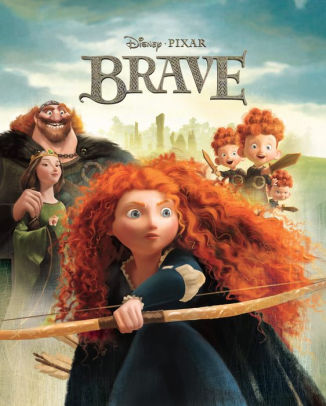The Messenger: The Story of Joan of Arc is
a movie that portrays the journey of Joan of Arc to liberate France and help to
rid them of their oppressors, the English. The movie begins with a telling of “Jeanne’s” childhood, and how it led her to be
the commander of a French army, with the task of liberating Orleans and Reims.
After experiencing the extremely traumatic raping and killing of her sister by
barbaric soldiers, Joan wished to immediately become “one with God.” The movie
does not end up exactly showing the visions received by Joan that lead her to
believe in her mission, however the audience is made to assume that there is no
doubt that she has had these visions and is now one with God. She then travels to meet Charles, the Dauphin. She manages to convince him that she is fulfilling God's will, and he provides her with an army in order to attempt to retake Orleans. The way the movie deals with transferring power from the men to Joan is something the movie represented very poorly, however this will be mentioned later on. Joan is able to retake Orleans and Reims using some very unconventional strategy that the movie again creates a very poor demonstration. Due to her success, Charles is the crowned King of France, and then refuses to provide her the support to fight further into the English army. After eventually being captured and refusing to submit to the will of the holy church, Joan is eventually burned at the stake to end the movie.
The first very obvious criticism of this film comes down simply to logic. For instance, when the surprise attack on the English army fails and the French are retreating, somehow Joan riding up on her horse gives the French the numbers advantage they were looking for. The English then immediately decided to retreat and raise the bridge they had just lowered moments ago due to their advantage in numbers. If this event actually did take place, there had to have been many more factors involved that the movie simply skipped over and owed it all to the fact that Joan is a messenger from God, therefore it just works. The film also created almost a hatred for the character Joan from the audience in certain scenes. The most prominent example is when she first arrives in order to take over the French army, the male general is surprisingly made out to be fairly understanding, and simply wants to know her reasoning behind attacking in a place that from a strategic standpoint would lose them the fight. Joan then begins to tell them to just do as their told, she begins to yell and her body begins to twitch, depicting her as beyond reason. My main criticism of this film is that although there is a large degree of wrong doings done to Joan simply because she is a women, the men's actions are made out to be more reasonable than hers, which does not seem like a proper understanding of the Middle Ages given that there most likely would have been far worse actions taken if someone like Joan were to act the way she did around a group of men.
The film definitely did a solid job when it came to creating a medieval atmosphere. There was no denying the time period that this was taking place due to the clothes, weaponry, architecture, and many other seemingly accurate details. The writers and producers are definitely important when it comes to the depiction of Joan. There is undoubtedly traits of Feminism all over the story of Joan of Arc, simply due to her struggles based on her gender. However, in this film if Joan would have been presented in more of a civilized manner, it could have gained more sympathy and emphasized those traits even further is she was still wronged.
The central historical message of this film is definitely not easy to identify due to the changes that occurred throughout the movie. For example, after Charles' coronation, you could definitely categorize him as a bad king, and therefore the movie is trying to clarify that kings should not have held such positions of power. However, before Charles was made king he seemed perfectly fair and understanding, especially since Joan believed it was her duty to make him King. The main message of this film is made when Joan is having internal conflict in her jail cell. The audience becomes no longer aware of whether she actually saw the visions she so adamantly stated were God's message to her. She begins to almost convince herself that the miracles that happened to her were just coincidences. Therefore the main message is that no one today really knows if Joan really was God's messenger, or if she really existed in the first place. All we know is that if she did exist, her story really is one full of miracles, coincidence or not.
Horvat, Marian. Messenger - The Story of Joan of Arc - Movie Review by Marian Horvat, www.traditioninaction.org/movies/002mr.htm.
“Joan on the Screen: Burned Again?: Perspectives on History: AHA.” Joan on the Screen: Burned Again? | Perspectives on History | AHA, www.historians.org/publications-and-directories/perspectives-on-history/february-2000/joan-on-the-screen-burned-again.






